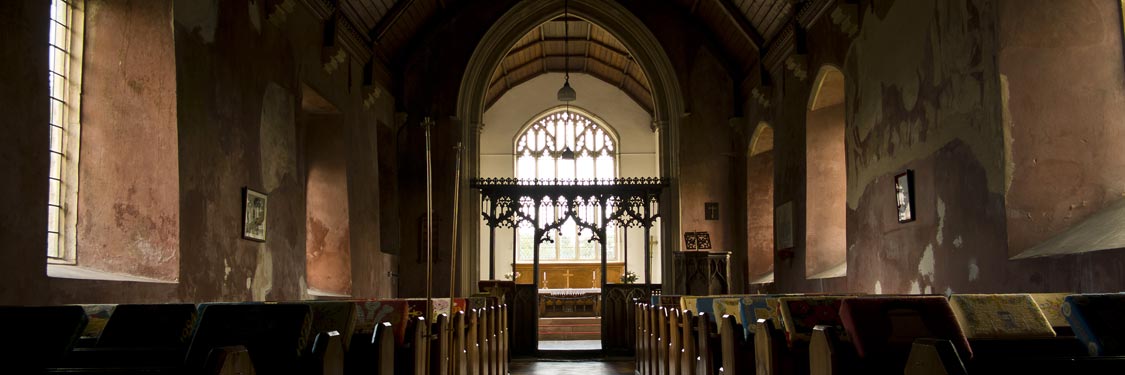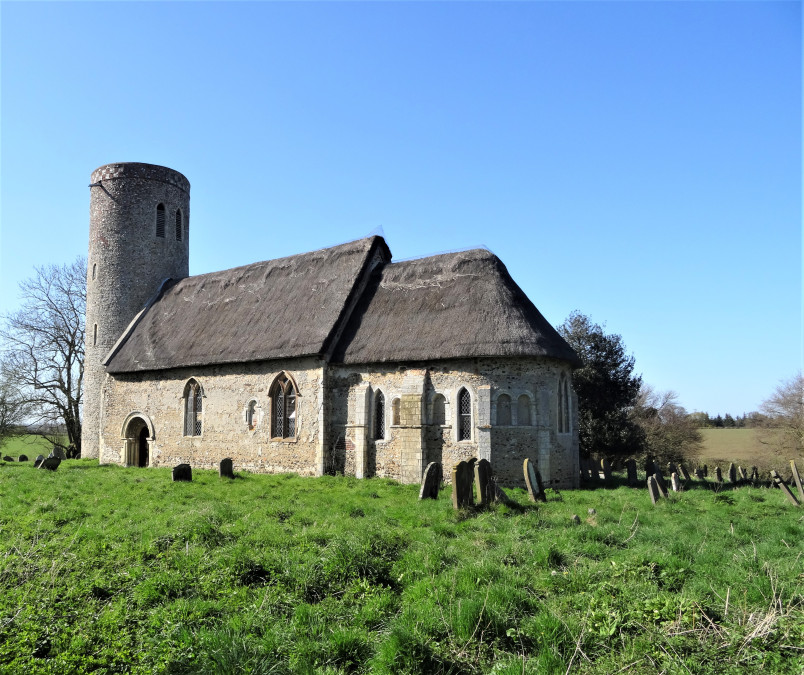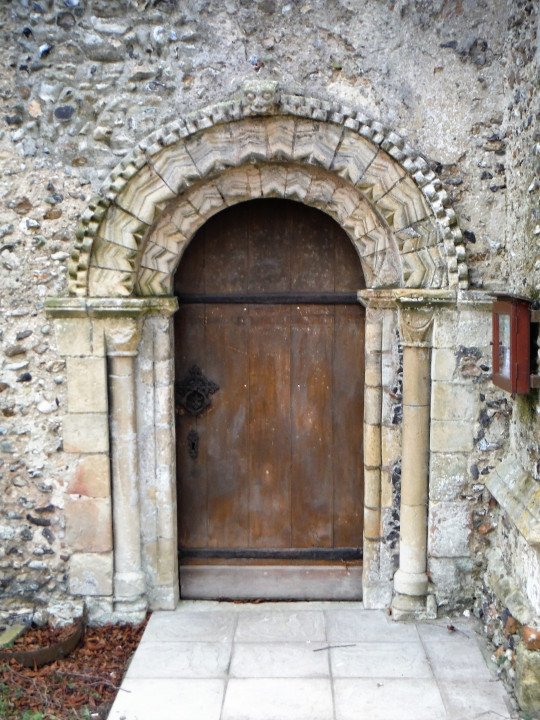

Richard Woodham, retired clergyman, youth officer and priest, takes us on a journey through the spiritual side of the Broads - a land plentiful in both crumbling ruins and grand architecture accumulated over centuries of worship.
Church towers and wide skies turn eyes heavenwards and hearts to deeper things.
Heritage churches are a vital part of the Broads’ landscape, visible evidence of Christian heritage that stretches back to the 7th century. They mark the landward edge of marshes and stand high above green pastures and still waters. They are often the oldest buildings in city, towns and villages. Many are open to the public and a warm welcome awaits people of all faiths and none.
For the first 400 years, Christians in East Anglia built churches and monasteries in wood.
An explosion of church building after the Norman conquest saw wood replaced with stone and many new churches founded. Not least, the magnificent and monumental Norwich Cathedral, where work began in 1096 and finished in 1145, 49 years later. Inspired by the churches of Rome, the first phase was built in the Romanesque style. It's spire stands at 96 metres tall and is the second tallest in the UK (only beaten by that of Salisbury).

Across Norfolk and Suffolk, the majority of new-built churches in the 11th and 12th centuries favoured the established Anglo-Saxon style. It made extensive use of salvaged Roman brick and required less expensive limestone. Typically, these churches had round towers and thatched roofs. But, with a nod to the new fashion, many also incorporated elaborate Romanesque doorways
Over the years, churches and cathedrals were extended and remodelled in a variety of ways. The height of towers and roofs were raised and more light streamed in through bigger and better windows. In spite of many changes, the iconic round towers and thatched roofs of the Anglo-Saxon churches are still common across the Broads.
The 15th century saw a final surge in church building and beautification. At Belaugh, and in many places across the Broads, they added a graceful tower and a richly decorated rood screen.
The church building spree came to an end with the dissolution of the monasteries in 1534. The reformation that followed was a time of unrest. In the course of which, worship and churches were transformed; stained glass, holy statues and paintings were destroyed; pilgrimages and masses for the dead forbidden; and an emphasis placed on scripture and preaching.
It was not until the 19th century that there was a renewed interest in church buildings and religious art. Since when, many churches have been restored and beautified; efforts are being made to conserve the riches that survive; worship has been renewed and the practice of pilgrimage is being restored.
The heritage churches of the Broads National Park are not just historically important buildings, they draw hearts to deeper things and provide a down to earth, space apart, for reflection, prayer and worship. You can find out more about the Christian faith by visiting a church near you or the Church of England website.

You'd expect to find something wonderful behind a door like this! You would not be wrong! In part, church buildings are like fossils - signs of a past life - but our working churches are more than that. They continue to be houses of prayer where the local church gathers and spirituality is explored.
Even if a local church cannot manage to keep the building open during the week, visitors will always be welcome to join in public worship on a Sunday. Opening up a stiff old church door can be just as tricky as opening up to God - but it is well worth the effort!
The spire of Norwich Cathedral is currently the second tallest in the UK standing at 96 metres in height - it is beaten only by Salisbury Cathedral which is 123 metres tall!
Get outside and discover the Broads' past with our culture and heritage listings
Most Broads' churches are part of the Diocese of Norwich. The parishes of Beccles and Bungay are part of the Diocese of St.Edmundsbury and Ipswich.
You can search for service times online or visit the Exploring Norfolk Churches website.
Several redundant churches are in the care of The Churches Conservation Trust and the Norwich Churches Conservation Trust.